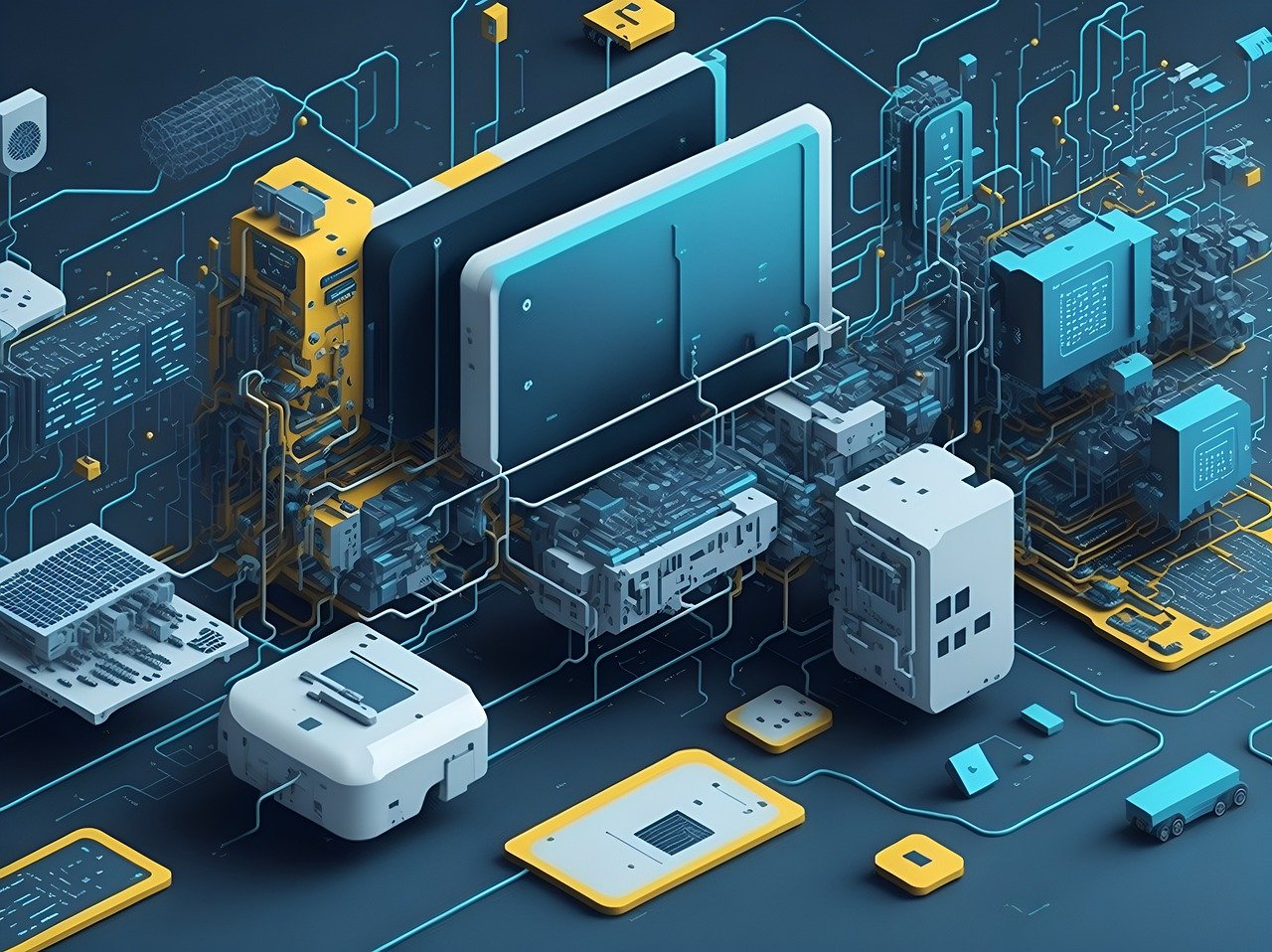The Internet of Things (IoT) is the technology behind all smart systems used in domestic and industries. Examples include home security systems, wearable devices like smart watches, smart speaker devices like Amazon Echo, keyless cars like Zoomcar, vending machines, etc. IoT is not only limited to domestic appliances but has also transformed industrial automation systems. IoT collects and shares real-time data with the help of internet-connected machines and devices
Manufacturing industries highly rely on automation integrated with IoT technology. IoT devices have the ability to report data in real-time, filter information from the system, and cut dependency on human intervention for commands. Moreover, IoT systems can be controlled from off-site in real-time by giving commands from the authorized user or device.
The integration of IoT with larger bandwidth wireless connectivity like 5G technology can help surgeons perform surgical operations in real-time using robots sitting at distant places.
Industrial automation with IoT
Industrial automation devices have already replaced humans in doing complex to more precise jobs. Medium to heavy manufacturing industries like car manufacturers, heavy equipment manufacturers, etc have adopted IoT and integrated automation systems to speed up their production, increase safety, optimize resources, and expand production.
When it comes to industrial applications IoT is referred to as Industrial IoT(IIOT).
The scope of IoT is not only limited to the manufacturing industry; rather it plays a significant role in many other industry domains. This is because IoT has enabled machines to communicate with each other that are interconnected to a common protocol.
Traditional automated machines were fit to do repetitive and selective tasks and were better known for their fixed application. But modern automated machines integrated with IoT can do a lot more work while reducing human interference. They have feedback controllers, robotics, and digital computers, and display all the information in real-time. These systems are also programmed to self-troubleshoot minor problems and are capable of identifying or detecting major issues in the system or any lag in the functionality of the interconnected devices.
So it has become a necessity for manufacturing industries to highly rely on IoT technology for high production and cut downtime due to human or technical errors.
Role of IoT Integration in industrial applications
The role of IoT integration in industrial applications is crucial both for the profit of the manufacturer and the expectations of the customer. IoT is the driving factor for all modern manufacturing machines helping in well-organized industrial systems, improving data automation, and eliminating human errors. IoT helps optimize processes, cut operating costs, and increase safety and work hours in all environmental conditions.
In the more complex industrial automation setup, automation devices have several layers and are classified with a hierarchy ranging from low-level to top-level.
Consider the case of the complex Bengaluru Metro Rail Corporation Limited (BMRCL) rail network. This is an excellent example of automation integrated with IoT, its automated systems have different hierarchical levels that include sensors, train speed readers, fire alarms, third rail power status, shunting or rail tracks, load on the tracks, etc. All interconnected devices send real-time data to top-level software called Supervisory Control and Data Acquisition (SCADA) monitored at the BMRCL control and command center at Baiyappanahalli metro station.
Another good example of complex industrial automation is the generation, supply, and distribution of electricity from power plants to substations to consumers.
Advantages of industrial IoT(IIoT)
There are multiple advantages of industrial IoT(IIOT) that directly and indirectly generates profits for the industry owner. Below are listed a few of them
- Increased productivity and efficiency
- Automated data collection
- Reduced errors, operation costs, maintenance costs and downtime
- Enhanced worker safety and automation system security
- Reduced quality defects
- Real-time production data
- Improved decision-making through data analysis
Content Author – Shashikant Chaurasia











